The proliferation of 3D foot scanners allows us to understand the root causes of gait issues through scientific data and formulate effective improvement plans. This advanced technology provides a reliable basis for gait analysis and correction, making healthy walking possible.
How 3D Foot Scanners Analyze Gait
A 3D foot scanner is a high-precision device that comprehensively records the three-dimensional shape and dynamic data of the foot. With this information, professionals can more accurately analyze gait problems, helping individuals find the best methods to improve their walking patterns, thereby reducing pain, enhancing sports performance, and preventing long-term injuries.
Key Functions Include:
Static Foot Measurement: By scanning the foot's morphology, the device captures critical data such as foot length, width, arch height, providing foundational analysis for gait issues.
Dynamic Pressure Distribution Analysis: The scanner records pressure distribution across different areas of the sole during walking or running, revealing whether pressure is concentrated in certain regions while walking.
Gait Cycle Capture: The equipment monitors the gait cycle, including stride length, frequency, swing time, and support time, offering a comprehensive analysis of gait patterns.
Asymmetry Detection: By comparing data from both feet, the scanner can identify asymmetrical gait issues, such as one foot bearing more pressure or having a different stride length.
Common Causes of Gait Issues
Many people may not realize they have gait issues, which are often caused by factors such as:
Flat Feet or High Arches: Abnormal foot structures can affect the balance of the gait.
Sports Injuries: Past injuries to knees, ankles, or hips can alter natural gait.
Ill-fitting Shoes: Shoes with too hard soles or inadequate arch support can exacerbate gait issues.
Bad Habits: Long-term poor posture or improper walking styles impact gait.
How 3D Foot Scanners Improve Gait
Diagnosing Gait Problems
Through a 3D foot scanner, professionals can quickly pinpoint abnormalities in gait. For example, excessive pressure in certain areas might indicate insufficient arch support or uneven pressure distribution on the knees.
Designing Personalized Correction Plans
Scan data provide a scientific basis for designing orthotic insoles or custom shoes. For instance, insoles that enhance arch support for flat-footed patients or shoe bottoms that relieve pressure for those with high arches.
Optimizing Walking Posture
With guidance from gait analysis reports, users can adjust their walking posture, such as improving stride length or adjusting heel strike.
Assisting Sports Rehabilitation
In rehabilitation from sports injuries, gait analysis can help athletes find appropriate training methods to avoid re-injury due to poor gait.
Monitoring Improvement Effects
During the process of gait improvement, 3D foot scanners can regularly check changes in gait, assess the effectiveness of correction plans, and make necessary adjustments.
Clinical Case Studies: Practical Applications of 3D Foot Scanners
Case Study 1: Reducing Chronic Plantar Pain
A teacher experienced chronic plantar pain due to prolonged standing. The scanner revealed concentrated pressure on the forefoot area. After customizing a pair of pressure-dispersing insoles, her pain significantly diminished, and walking became easier.
Case Study 2: Enhancing Performance for Running Enthusiasts
A runner frequently suffered from knee pain. Gait analysis showed excessive internal rotation during running, concentrating pressure on the inner side of the foot. Adjusting his running posture and using custom running shoes greatly improved his knee pain.
Case Study 3: Ideal Tool for Post-operative Rehabilitation
A patient recovering from ankle surgery used the scanner to monitor gait recovery. The data helped doctors adjust the rehabilitation plan, enabling the patient to return to normal life faster.
Selecting Suitable Gait Correction Tools
Based on data from 3D foot scanners, common gait correction tools include:
Orthotic Insoles: For arch support, pressure dispersion, and gait balance improvement.
Gait Training Straps: To correct walking style, suitable for mild gait issues.
Specialty Athletic Shoes: Choosing appropriate shoe types based on scan results, like cushioned shoes or supportive running shoes.
Physical Therapy Programs: Combining physical therapy to improve muscle strength and joint mobility, further optimizing gait.
Future Developments in 3D Foot Scanner Technology
Advances in technology will lead to breakthroughs in 3D foot scanners in several areas:
Portability: Smaller devices will make gait analysis more accessible, even for home use.
Real-time Feedback: Combining dynamic gait analysis with virtual reality to offer instant corrective suggestions.
AI Assistance: AI algorithms will automatically generate optimization plans based on scan data, increasing efficiency and reducing human error.
3D foot scanners provide a scientific foundation for gait analysis, making the diagnosis and improvement of gait issues more precise and efficient. From static foot data to dynamic gait patterns, this technology plays a crucial role in health management and optimizing sports performance. If you have concerns about your gait health, consider trying a 3D foot scanner to let scientific data guide you toward healthier steps.

 +86-0755-86131192
+86-0755-86131192 2025-01-02
2025-01-02 Back to list
Back to list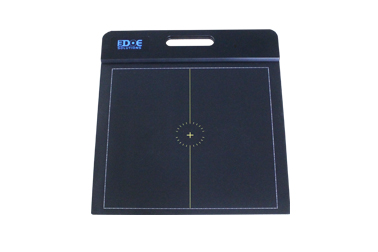
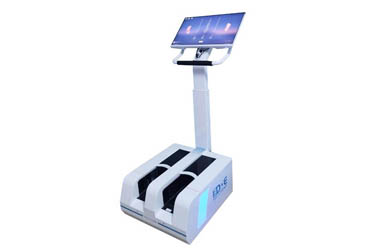
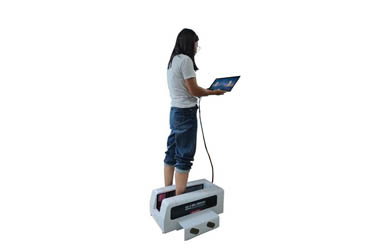
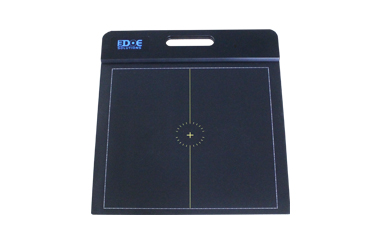

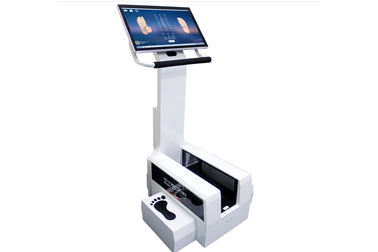



 +86-0755-86131192
+86-0755-86131192